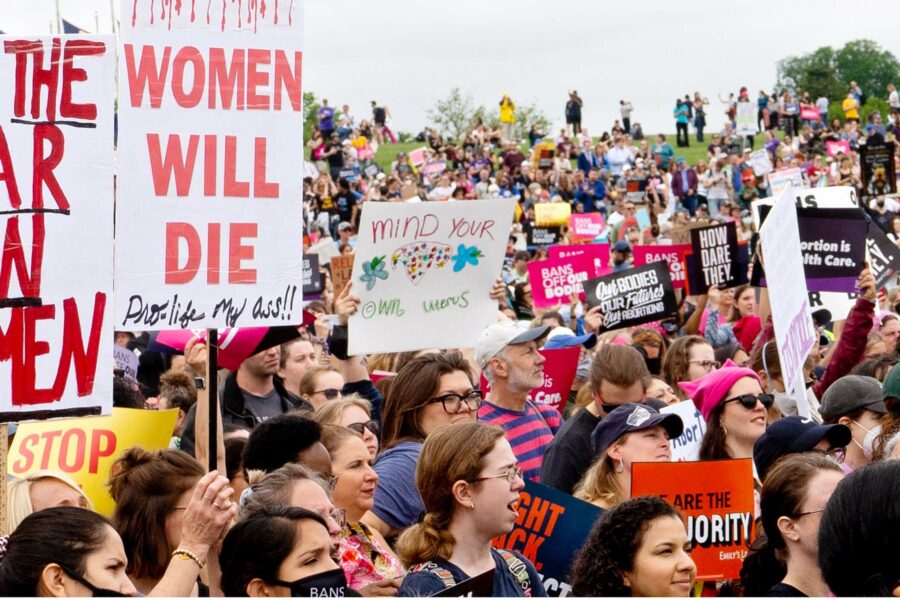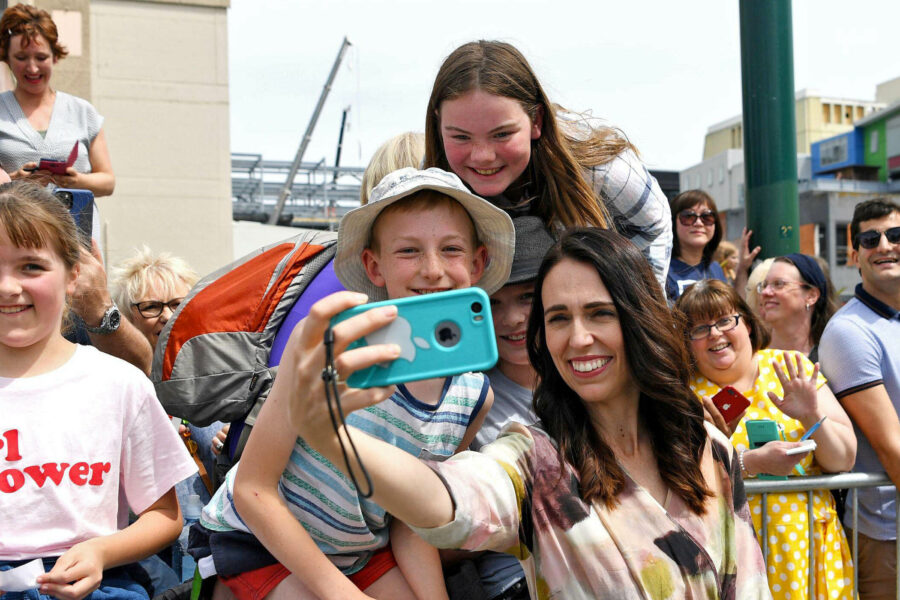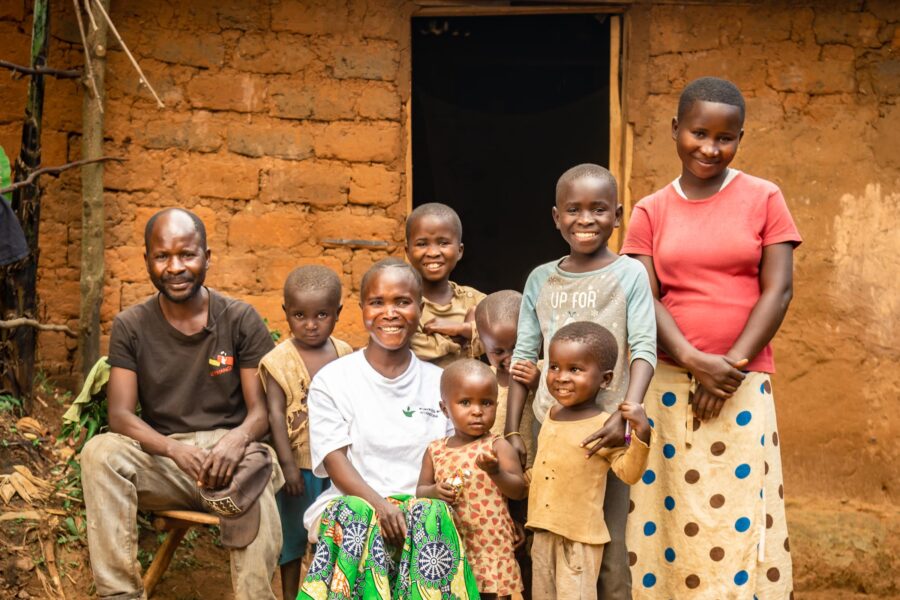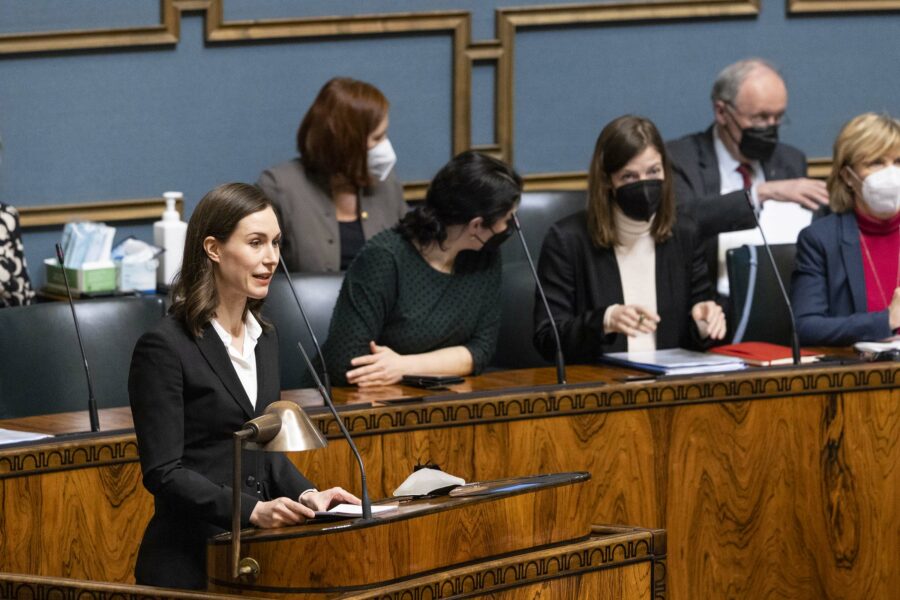Overview
Violent conflict, displacement, the growing climate emergency, the repercussions of the global pandemic, and vocal anti-feminist movements have reversed generational gains in women’s rights. We need to fix the systems and structures that are currently preventing progress and reverse the regressive social norms that are pushing back women’s rights and limiting their full and meaningful participation.


















